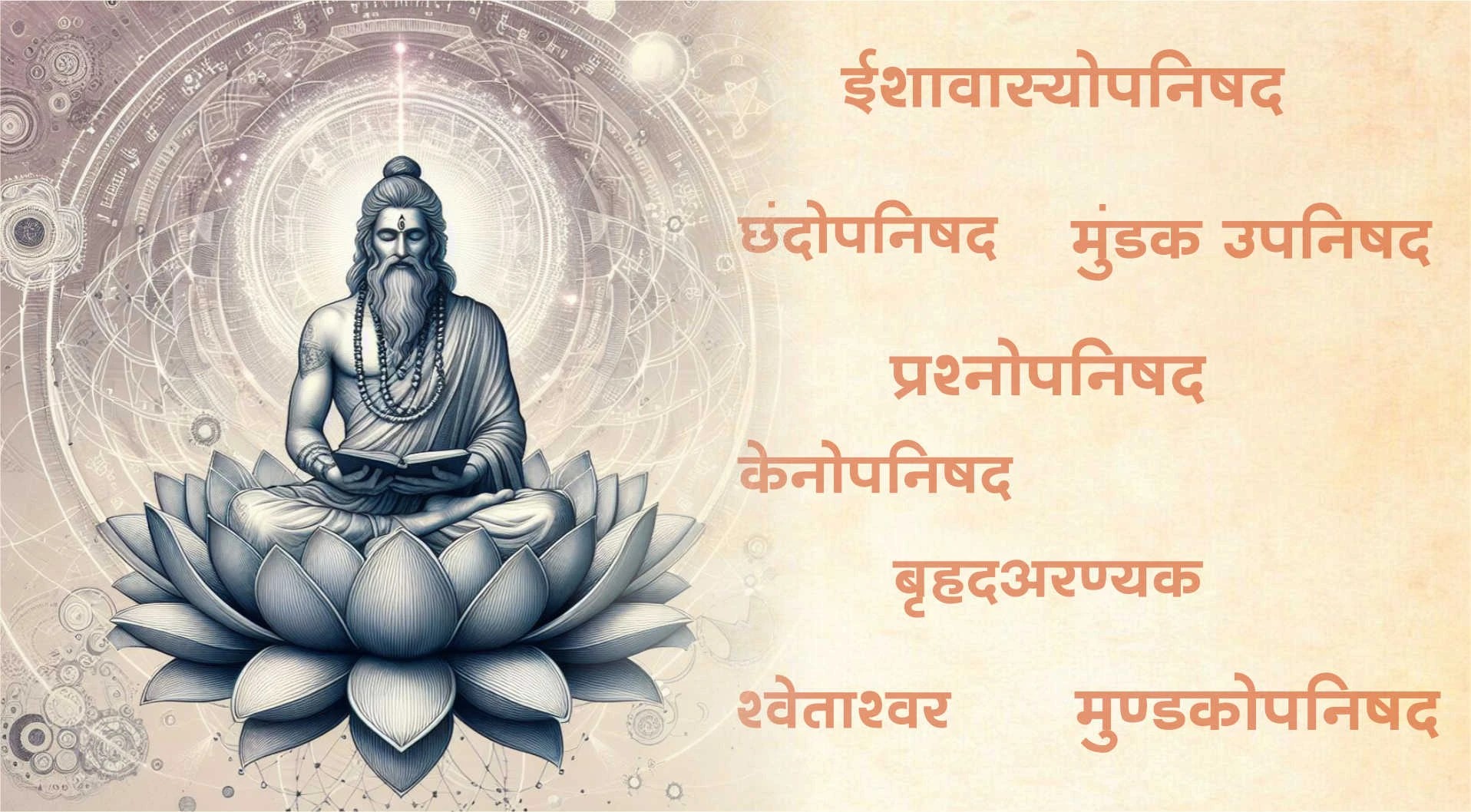The Upanishads: Unveiling the Mysteries of Existence
Introduction
The Upanishads are ancient texts that form the philosophical and spiritual core of Hinduism. Composed between 800 BCE and 500 BCE, these texts represent the culmination of Vedic thought and are integral to understanding Hindu philosophy. “Upanishad” translates to “sitting down near,” symbolizing the transmission of spiritual knowledge from teacher to disciple. This blog explores the origins, structure, key themes, and significance of the Upanishads.
Origins and Historical Context
The Upanishads are part of the Vedas, the oldest sacred texts of Hinduism, and are classified under Vedanta, meaning “the end of the Vedas.” They mark a shift from the ritualistic focus of earlier Vedic texts to a more introspective and philosophical inquiry into the nature of existence. The authors were sages and seers who explored the mysteries of the universe and the self, passing down their wisdom orally before it was written down.
Structure of the Upanishads
There are over 200 Upanishads, with around 13 considered principal due to their antiquity and significance. These include the Isha, Kena, Katha, Prashna, Mundaka, Mandukya, Taittiriya, Aitareya, Chandogya, Brihadaranyaka, Shvetashvatara, Kaushitaki, and Maitri Upanishads. They consist of dialogues, hymns, and philosophical discourses in both prose and verse, employing symbolic language to convey spiritual truths.
Key Themes and Philosophical Concepts
Brahman and Atman
The Upanishads explore Brahman (the ultimate reality) and Atman (the individual soul). Brahman is described as the infinite reality underlying all existence, while Atman is the true self, identical to Brahman. Realizing this unity is the essence of enlightenment.
Maya and Avidya
Maya (illusion) and Avidya (ignorance) are central concepts. Maya creates the appearance of a dualistic world, while Avidya prevents recognizing one’s true nature. Overcoming Avidya through self-knowledge leads to the realization of Brahman.
Karma and Reincarnation
The Upanishads elaborate on Karma (cause and effect) and Samsara (reincarnation). Actions in this life determine future births, with the ultimate goal of achieving Moksha (liberation) from the cycle of birth and death.
Meditation and Contemplation
Emphasizing meditation and contemplation, the Upanishads advocate techniques like Pranayama (breath control) and Dhyana (meditation) to quiet the mind and perceive the true nature of the self.
Ethics and Dharma
Rooted in Dharma (righteous duty), the Upanishads advocate for a life of virtue, self-discipline, and compassion, emphasizing truth (Satya) and non-violence (Ahimsa) for spiritual growth.
Significant Upanishads and Their Teachings
Brihadaranyaka Upanishad
One of the oldest Upanishads, it explores the nature of reality and the self through dialogues and hymns, introducing the concept of “Neti Neti” (not this, not that) to understand Brahman.
Chandogya Upanishad
Known for its allegorical teachings, it reveals the essence of Brahman through the Mahavakya “Tat Tvam Asi” (That Thou Art), emphasizing the unity of the individual soul and ultimate reality.
Katha Upanishad
Narrating the story of Nachiketa and Yama, it delves into the nature of the soul, self-discipline, and the path to immortality.
Mundaka Upanishad
Distinguishing between higher (Para Vidya) and lower knowledge (Apara Vidya), it emphasizes the pursuit of self-knowledge for liberation, symbolized by two birds on a tree representing the individual soul and the Supreme.
Enduring Significance and Influence
The Upanishads have profoundly influenced Hindu philosophy and spirituality, shaping schools of thought like Vedanta, Yoga, and Samkhya. They continue to inspire sages, scholars, and seekers, offering timeless wisdom for modern spiritual growth. Figures like Swami Vivekananda, Ramana Maharshi, and Sri Aurobindo have drawn from Upanishadic teachings, extending their influence beyond Hinduism.
Conclusion
The Upanishads provide a deep understanding of the self, the universe, and ultimate reality. Their teachings emphasize the unity of all existence, the importance of self-realization, and the pursuit of truth and virtue. Exploring the Upanishads unveils profound wisdom that has guided humanity for millennia and continues to illuminate the path to spiritual enlightenment.


